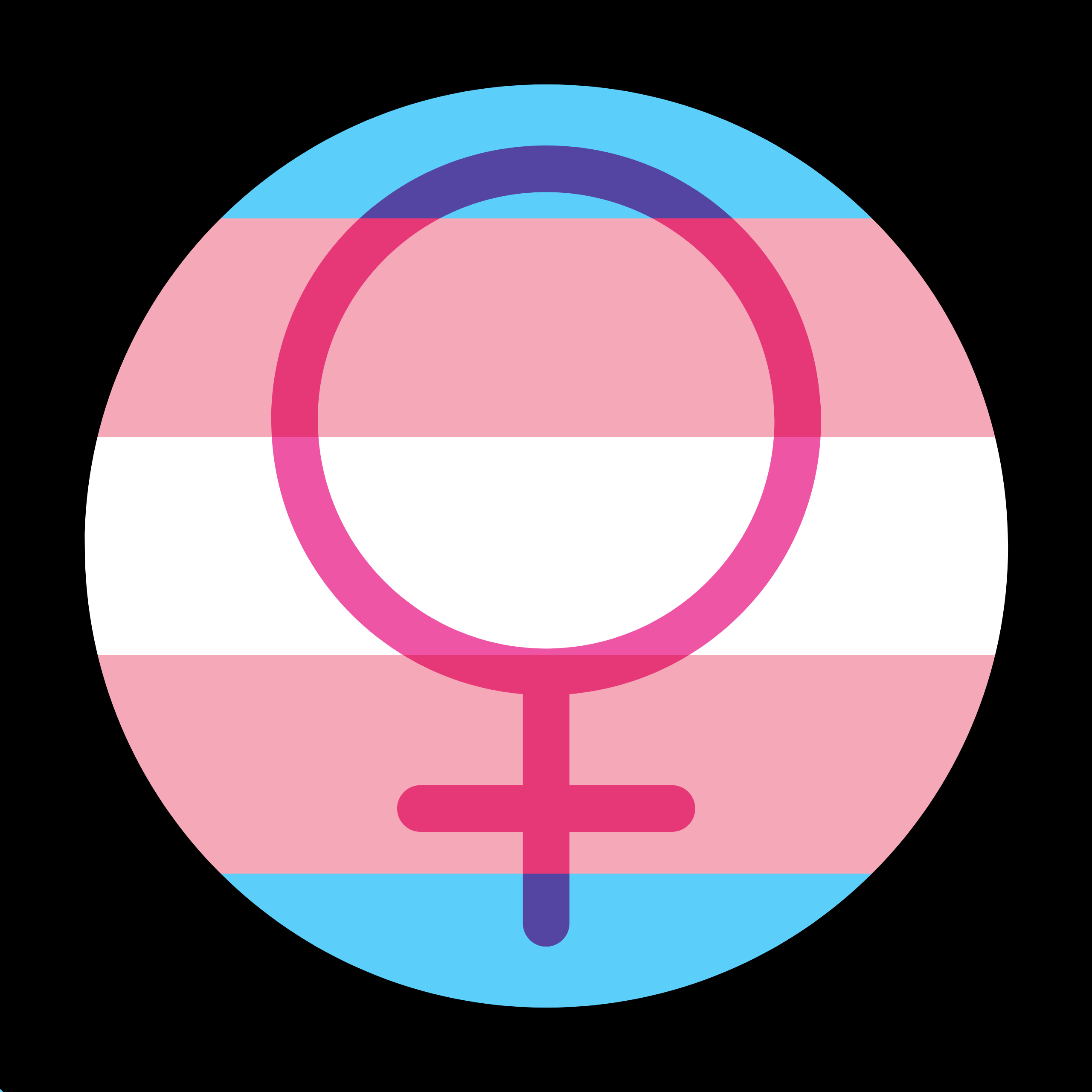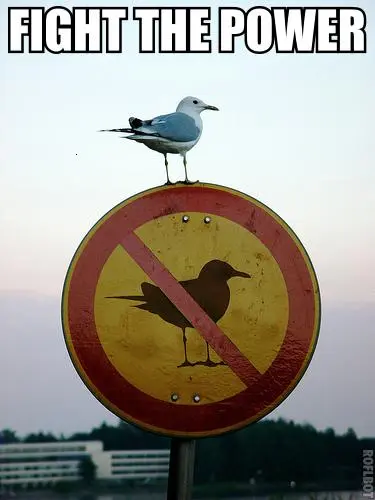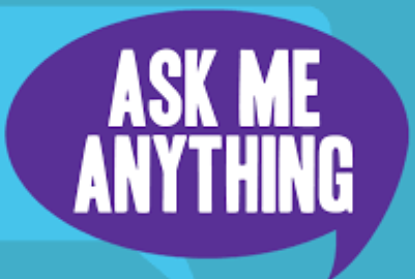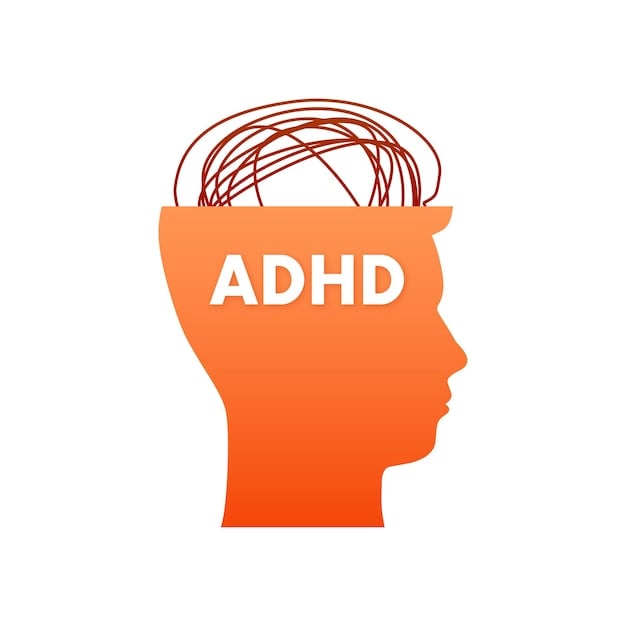I noticed that my colleagues that didn’t turn webcams on were all women, so I started turning mine off for anything I thought they might attend.
hissing meerkat
- 2 Posts
- 105 Comments

 23·2 months ago
23·2 months agoThe book burning has begun.
You also lose salts sweating, so if you drink water, sweat, and don’t replace salts in your blood the inside now saltier parts of your body (like your brain) can pull water out of your blood and swell up, and your brain is trapped in your skull and has nowhere to expand to. Even if you lose lots of water sweating you can still get edema from too much water. You also lose water to respiration which doesn’t take salts with it.
I’ve never been super careful about it exercising. I just drink only when I’m thirsty, and hate the taste of gatorade, so if gatorade tastes good I drink that until it doesn’t, and if it doesn’t taste good and I’m thirsty I drink water. Or if my pee isn’t clear I drink water.
I used to have practices where I’d routinely drink 168 oz (a full 40 oz bottle plus a gallon of refills) over the course of a couple hours. 37 cups is a gallon more than that. It’s enough water to cool off about another 2000 kCal of exercise.
I wonder if he’s still throwing down 4-6 megacalorie days now that he’s retired.
These are great!

 15·2 months ago
15·2 months agoWeird, the employment law I’m familiar with goes to automatic triple damages for failing to pay any part of wages on the first day they are unpaid for any reason, almost as if the law there decided long ago that Hanlon’s Razor doesn’t apply to the situation because wage theft is the norm, not the mistaken exception.
 20·3 months ago
20·3 months agoBut not in the ways that matter to them. Fascism was characterized by nationalizing private enterprises to transfer wealth and power from the government to the chosen elite. They want to privatize government enterprises to transfer wealth and power from the government to the chosen elite. Totally different, you see?
 4·3 months ago
4·3 months agoWhat does “missing baby” mean?

 9·3 months ago
9·3 months agoMost crosswalks in the US are not marked, and in all places I’m familiar with vehicles must stop or yield to pedestrians at unmarked crosswalks.
At unmarked crosswalks and marked but uncontrolled crosswalks we have to handle the situation with social cues about which direction the pedestrian wants to cross the street/road/highway and if they will feel safer crossing the road after a vehicle has passed than before (almost always for homeless pedestrians and frequently for pedestrians in moderate traffic).
If waymo can’t figure out if something intends or is likely to enter the highway they can’t drive a car. Those can be people at crosswalks, people crossing at places other than crosswalks, blind pedestrians crossing anywhere, deaf and blind pedestrians crossing even at controlled intersections, kids or wildlife or livestock running toward the road, etc.
Crazy thing about disabilities, they affect people’s abilities.

 4·3 months ago
4·3 months agoI think you look gorgeous. If I had to describe you in one word from the pictures you’ve posted it would be “important”, like Lieutenant Uhura or Hermione Granger.

 14·3 months ago
14·3 months agoWhy do you feel like the world has placed that responsibility on you?
That’s the first question I would ask if we were talking together live. It sounds like you need somebody who will listen to you and help get all those feelings outside. The transfem sidebar has a list of support hotlines.
Yeah, autotune is pitch controlled distortion. It turns the ability to control pitch, vibrato, melisma into something like controlling an effects pedal on an electric guitar.

 21·4 months ago
21·4 months agoDon’t give the super wealthy any ideas.
No, it’s already wrong even for realistic staggered dinners.
I think they are using an arbitrary GW-day of energy instead of power, so it can’t even come close to making as much turkey as claimed.
Or how 1 GW/(200 W/person) came up with a number that started with a 3 instead of a 5. Like 5 million people, not 30 million.
Me too. Thanks for answering. I imagine that imagining so many possibilities and desiring them and striving for them is a common human experience.
Are you frequently dissatisfied by imagining things that should be possible but being unable to do them?
A red flag.
Sharing dangerous ideas with somebody to show that you think they are safe is an honest signal of trust, but only if the dangerous ideas are genuine.
Someone who attempts to buy trust disingenuously is not to be trusted.
Someone who thinks in terms of kompromat and manipulation is dangerous to be around.








Is the white outlined part in the first image and the black part in the purple-yellow image the part of the universe we can’t see because the Milky Way is in the way?